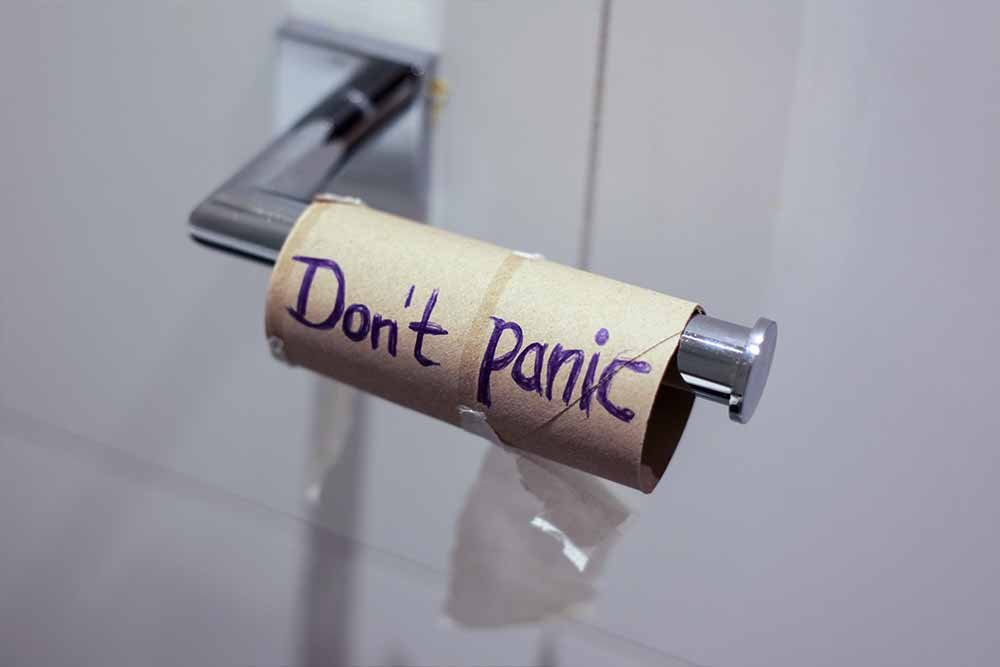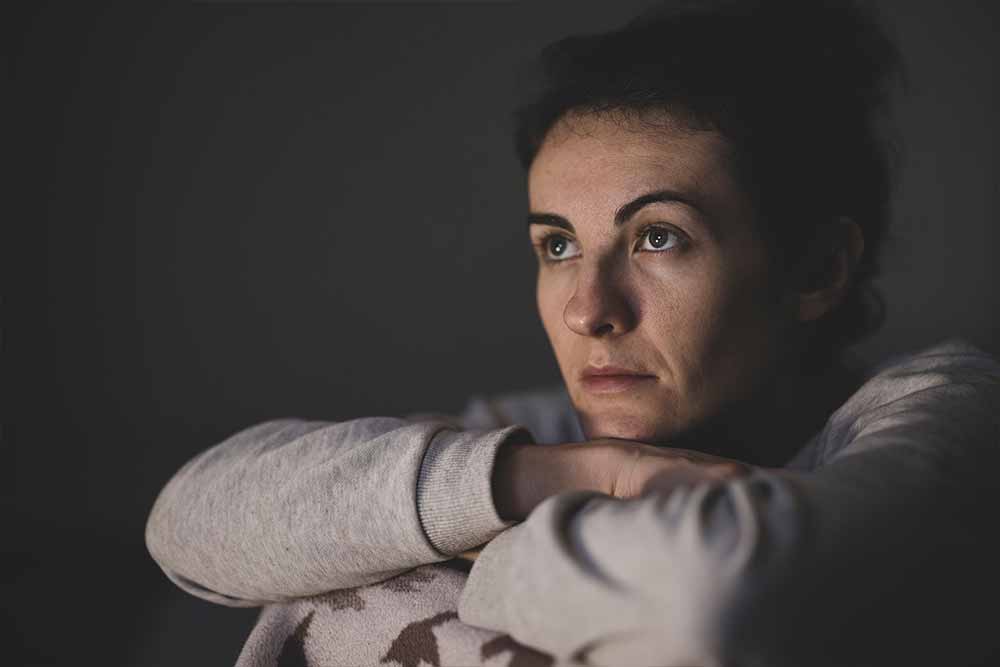While it is never the end of the world, contracting a sexually transmitted disease (STD) is rarely at the top of anyone’s to-do list. This is why so many people are careful when it comes to protecting themselves from STDs by using condoms during sex and regularly checking in through STD testing. But there is one question that leaves even the most clued-in baffled, can you actually get an STD from kissing?
Let’s discuss everything you need to know about contracting STDs through kissing, including the types of STDs that can be transmitted by mouth, treatment, and the steps you can take to ensure you and your partner(s) stay safe.
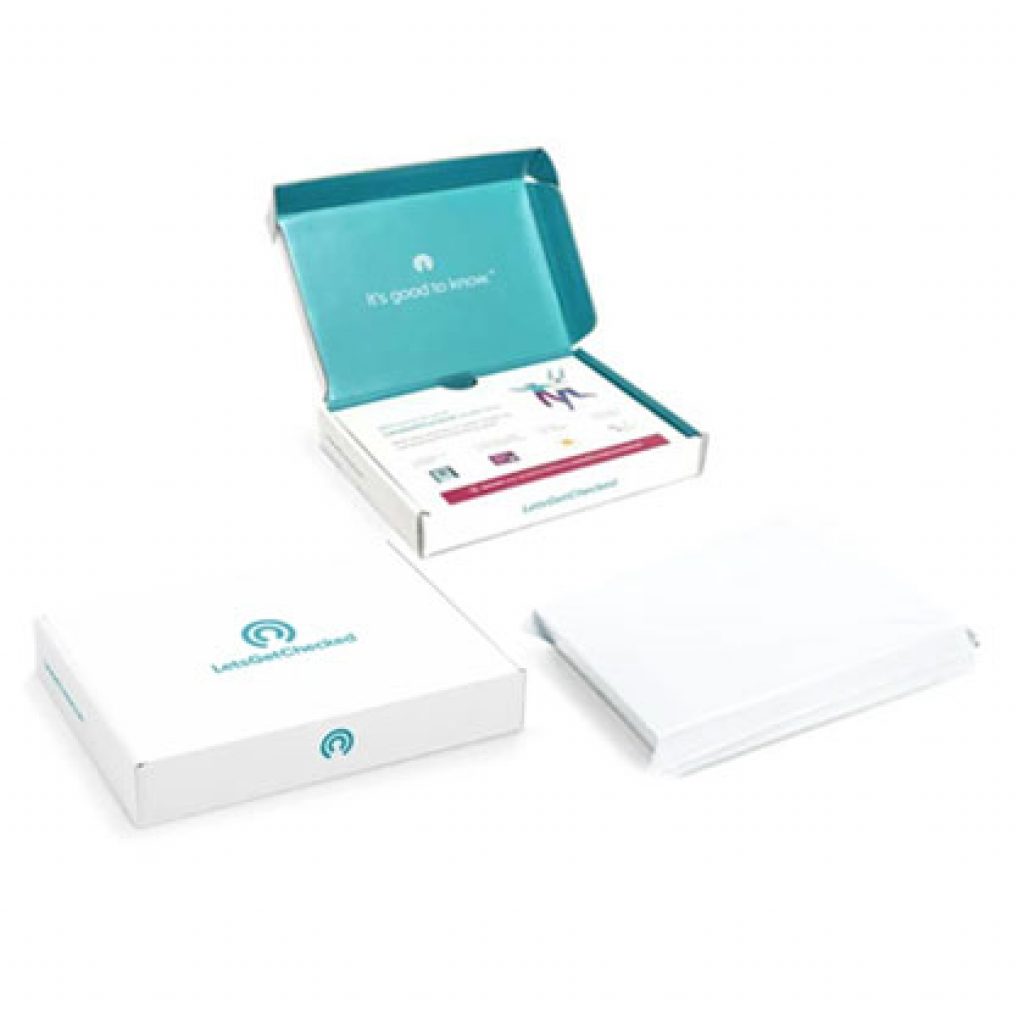
LetsGetChecked
Standard 5 STD test
Chlamydia & Gonorrhea
HIV, Syphilis and Trichomoniasis
Free Shipping, Discreet packaging
Finger prick & Urine sample
$149.00
Test for 5 of the most common STDs with the popular Standard 5 LetsGetChacked at-home STD test. Using the same labs as physicians & hospitals, LetsGetChecked brings sexual health testing to your door at an affordable price, with treatment available for positive cases of Chlamydia and Trichomoniasis
Read our LetsGetChecked for information and opinions on tests and services.
STDs through kissing – SOLVED
Are STDs passed on during kissing? Technically yes, you can get an STD from kissing. However, it’s not as straightforward or as common as you may think.
STD stands for sexually transmitted disease, this means an STD is typically transmitted from one infected person to another through sexual contact. According to the Centers for Disease Control and Prevention (CDC), sexual contact includes vaginal, anal, and oral sex. And although kissing isn’t considered as high risk as intercourse or oral sex by experts, it is possible, but rare, to transmit certain infections through kissing alone.
The Science
So how does it happen? The successful transmission of some STDs happens through direct skin-to-skin contact with an infected area. Meaning if the person you are kissing has an infection around the mouth and lips, it's possible that they might pass on the virus. It is more likely to contract an infection if the person is showing signs or symptoms such as sores around the mouth or face, however, it is also possible to contract the infection when there is no visible outbreak present.
Some of the most common STDs that can be passed on through kissing include
- Herpes HSV-1
- Herpes HSV-2
- Syphilis
- HPV
Herpes HSV-1
HSV-1 (the primary cause of oral herpes) is one of two types of herpes – one of the most common infections worldwide. In fact, John Hopkins Medicine estimates that 50-80% of American adults have oral herpes. It is mainly transmitted from person to person through close contact such as kissing and coming into contact with the virus through sores or saliva in and around the mouth. It can also be contracted from a young age if a child is kissed by someone with an active outbreak.
Herpes outbreaks tend to reoccur. If it is your first outbreak you may experience a fever, soar throat, headache, and muscle aches, as well as
- Tingling and itching around the lips
- Small fluid-filled blisters around the mouth area
As it is a viral infection, herpes can’t be cured. However, once detected, antiviral medications can be used to help reduce the severity and frequency of outbreaks.
Herpes HSV-2
The second type of herpes: HSV-2, is more commonly known to cause genital herpes. The World Health Organization (WHO) estimates that 13% of people aged 15-49 have this infection. It primarily spreads through skin-to-skin contact during sexual activity causing symptoms around the genital area. However, both types of herpes can spread to the face through close contacts such as oral sex or kissing.
Similar to HSV-1, during your first outbreak you may experience flu-like symptoms, you will also likely notice symptoms in the area where the infection entered the body, these may include
- Tingling and itching in the area of infection
- Small bumps or blisters
- Pain or itching
HSV-2 can’t be cured but antiviral medication can be used to help sores heal during an outbreak, lower the frequency of outbreaks and lessen the severity of symptoms.
Syphilis
Syphilis is a bacterial infection typically spread through sexual contact. According to recent statistics, it is one of the most common STDs in the United States in the last few years. It is known to spread from one infected person to another through contact with a syphilis sore. These sores can appear on the genitals, rectum, or mouth – which is how they can (although rarely) spread through kissing when sores are present.
Syphilis is known to cause little to no symptoms and can go undetected, this means that you can have the infection and not even realize it. If symptoms do appear, they tend to develop or change over time and may include
- Small sores in the area where the infection occurred
- Rash on the palms of your hand or soles of your feet
- Flu-like symptoms
If syphilis is not treated, it can cause a whole host of complications which is why, if you suspect you have a syphilis infection, it’s important to find out more. Once diagnosed, the infection can be treated with antibiotics – how long this treatment will last will depend on the stage of your syphilis infection.
HPV
HPV infection is so common that most sexually active adults will carry the HPV virus at some point in their lives. The infection is typically transmitted through sexual contact as well as other types of skin-to-skin contact – according to Harvard Medical School, this includes both oral sex and ‘deep’ kissing such as french kissing.
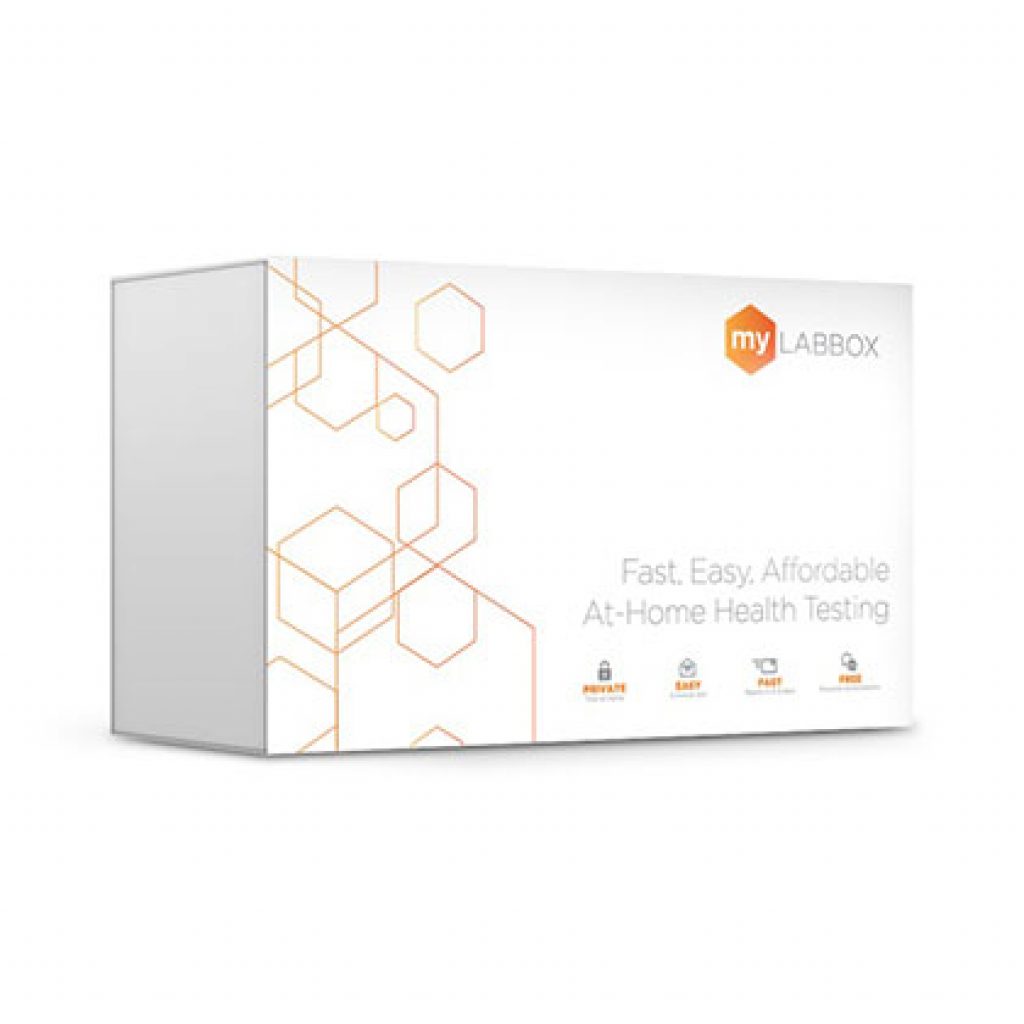
myLAB Box
Cervical Cancer Screening using HPV
14 types of genital high-risk HPV
Lab results in 2-5 days
Free shipping
Swab Sample
$89.00
This is a comprehensive HPV test checking for 14 types of genital high-risk HPV, including two specific types, HPV-16 and HPV-18. These are responsible for most HPV-related cervical cancers, along with a group of 12 other high-risk HPV types that can also lead to cancer.
Read our myLAB Box review for information and opinions on tests and services.
There are over one hundred varieties of HPV and while some are associated with cervical cancer, others are associated with warts. These warts can appear on the genitals, balls of your feet, or face. They may appear like
- Flat lesions
- Small bumps
- Hard and grainy
- Flat topped with raised lesions
It’s important to know that most HPV infections do not cause cervical cancer however if you think you may have an HPV infection, speak with your doctor who will be able to diagnose you with a physical exam and other specialized tests. While there is no cure for the infection, HPV warts often go away on their own and medication can be prescribed if needed.
Just one of the most reliable ways to stay safe and reduce your risk of contracting an STD is to ensure both you and your partner(s) check in on your sexual health regularly.
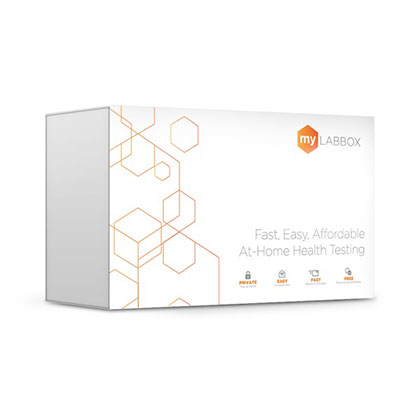
myLAB Box – Chlamydia & Gonorrhea
A simple urine collection kit that tests for 2 of the 4 most commonly transmitted infections Chlamydia & Gonorrhea.
$79.00

myLAB Box – Safe Box 5 Panel
5 Panel STD kit, screens for 5 high-risk STDs chlamydia, gonorrhea, HIV I & II and trichomoniasis. This test is screened from a genital swab, a urine sample and a blood sample.
$169.00

myLAB Box – Uber Box 8 Panel
8 Panel STD kit, screens for 8 high-risk STDs chlamydia, gonorrhea, hepatitis C, HIV I & II, herpes simplex 2, syphilis and trichomoniasis. This test is screened from a genital swab, a urine sample and a blood sample.
$199.00
Read our myLAB Box review for information and opinions on tests and services.
Remember, contracting an STD is not the end of the world but if you suspect you have one, there are lots of ways of testing for STDs and some can you do at home. You should always consult with a sexual health care practitioner if you think you have an STD even if you have taken an at-home STI test first.
Image Credits
Featured Image – Photo by Thought Catalog




